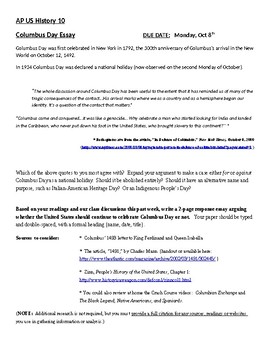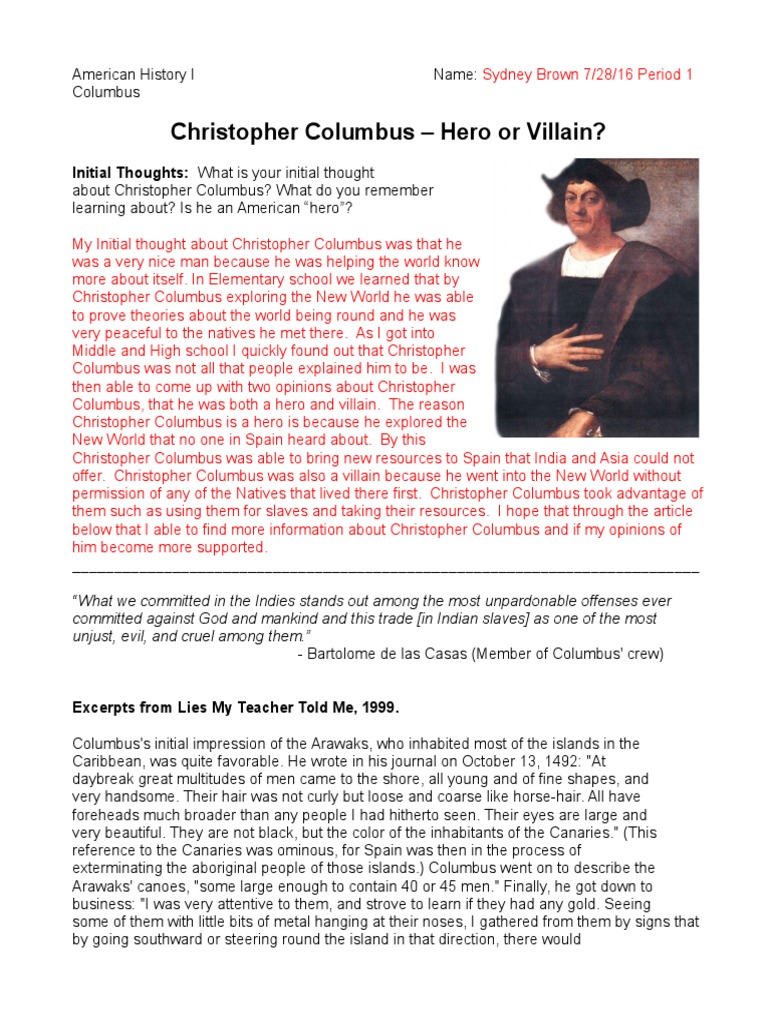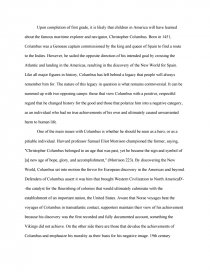Christopher Columbus is a controversial figure in history. On one hand, he is credited with discovering the Americas and opening up the New World for European colonization. On the other hand, his arrival in the Americas also had a devastating impact on the indigenous peoples who were already living there.
Columbus was born in Genoa, Italy in 1451. He became a seafarer at a young age and spent much of his life sailing the Mediterranean Sea. In the late 15th century, Columbus became convinced that he could reach the East Indies by sailing west across the Atlantic Ocean. At the time, many people believed that the Earth was flat and that it would be impossible to reach the other side of the globe.
Despite this, Columbus was able to secure funding from King Ferdinand and Queen Isabella of Spain to finance his voyage. In 1492, he set sail with three ships: the Niña, the Pinta, and the Santa Maria. After several months at sea, Columbus and his crew finally landed on an island in the Bahamas, which they named San Salvador.
Upon arriving in the Americas, Columbus and his crew encountered the Taino people, who were the indigenous inhabitants of the Bahamas. Columbus was struck by their friendly and welcoming nature and described them as being "very gentle and without knowledge of what is evil." He also observed that they were skilled farmers and that the land was fertile and abundant.
However, Columbus' relationship with the Taino people soon turned sour. He and his crew began to enslave the Taino, forcing them to work on plantations and mines. Many Taino were also killed by European diseases to which they had no immunity. The Taino population was greatly reduced as a result of Columbus' arrival and the subsequent colonization of the Americas.
In addition to the negative impact on the Taino people, Columbus' voyages also had significant consequences for the environment. The introduction of European plants and animals had a disruptive effect on the ecosystems of the Americas. For example, the introduction of horses, cows, and pigs had a major impact on the native vegetation.
Despite the negative aspects of Columbus' legacy, he is still celebrated in many parts of the world for his role in opening up the New World to European exploration and colonization. In the United States, Columbus Day is a national holiday that is observed on the second Monday in October. However, in recent years, there has been growing criticism of Columbus and calls to replace Columbus Day with Indigenous Peoples' Day, which is a day to honor and celebrate the cultures and contributions of indigenous peoples.
In conclusion, Christopher Columbus played a significant role in the history of the Americas, but his legacy is also marked by controversy and the negative impact on indigenous peoples and the environment. It is important to recognize and acknowledge the complex history of Columbus and the ongoing impact of European colonization on indigenous peoples and the environment.
Graffiti is a highly controversial and polarizing topic, with some people considering it to be a form of artistic expression and others viewing it as nothing more than vandalism. In this essay, we will examine both sides of the argument to determine whether graffiti should be considered art or vandalism.
On one hand, proponents of graffiti argue that it is a legitimate form of art. They point out that graffiti has a long history dating back to ancient civilizations, where it was often used to convey important messages or tell stories. Graffiti can also be seen as a way for artists to express their creativity and share their ideas with the world. Many graffiti artists take great care in planning and executing their works, using a variety of techniques and styles to create visually striking and thought-provoking pieces.
However, those who view graffiti as vandalism argue that it is a destructive and illegal activity that damages public and private property. Graffiti often appears on buildings, trains, and other public structures without the permission of the property owner, and removing it can be costly and time-consuming. Additionally, some graffiti is used to spread hate speech or gang-related messages, which can create a sense of fear and unrest in a community.
In conclusion, the question of whether graffiti is art or vandalism is highly subjective and depends on one's personal beliefs and values. While some may see it as a legitimate form of artistic expression, others view it as a destructive and illegal activity. Ultimately, it is important to respect the rights of property owners and ensure that graffiti is not used to spread hate or cause harm to others.






